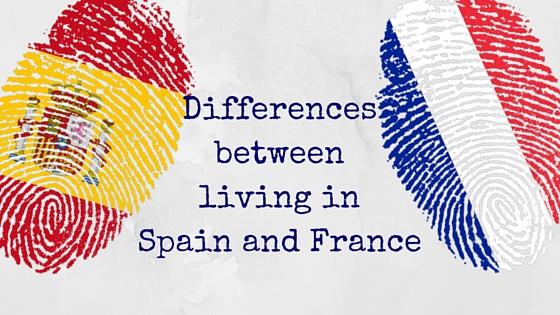Difference between Spanish and French fluctuate in their treatment of native ,The Spanish and French had knowingly dissimilar methods to the action of Native people in the Americas, formed by their distinct foreign goals, economic systems, and religious motivations. Here’s a failure of their differences:
- Economic and Social Objectives:
- Spanish: Difference between Spanish and French fluctuate in their treatment of native, The Spanish mainly required to abstract means finished reserve misuse, specially gold and silver. They recognized large estates (encomiendas) and trusted deeply on Native labor for mining and agriculture. This system frequently led to cruel misuse and a important population failure among Native people due to overwork, disease, and violence.
- French: Difference between Spanish and French fluctuate in their treatment of native,The French were less absorbed on large-scale agriculture and resource extraction. They were more absorbed in the hair trade, which obligatory founding cooperative relationships with Original groups. The French trusted on Native knowledge, networks, and labor for hunting and tricking, often starting associations and trade partnerships.
- Religion and Missionary Work:
- Spanish: Difference between Spanish and French fluctuate in their treatment of native, Spanish settlement was deeply driven by the feast of Catholicism. Ministers, especially the Jesuits, worked violently to change Native peoples, occasionally employing force and pressure. Indigenous spiritual performs were often blocked, and Spanish immigrants compulsory European cultural norms.
- French: Difference between Spanish and French fluctuate in their treatment of nativeThe French were also Catholic and sent missionaries, but their approach was generally less coercive than the Spanish. French Jesuits and other teachers often functioned to change Native peoples but did so with more admiration for native customs and languages. They combined more closely with Original communities, in part because of their dependence on them for the hair trade.
- Interaction and Integration:
- Spanish: The Spanish frequently required to control Native inhabitants and establish payments where European taxes and governance were compulsory. They shaped a inflexible ethnic ladder, where Native people were typically placed at the bottom. This controlled to extensive movement, cultural destruction, and high humanity rates.
- French: French pilgrims, especially in Canada, had a more combined relationship with Original peoples. They often married Indigenous women, accepted local customs, and involved in political exchanges. The French approach was more cooperative, and while they still compulsory European systems in some ways, they were less motivated to powerfully alter Native ways of life.
- Legal and Political Systems:
- Spanish: The Spanish compulsory their own legal system on Native peoples, which involved the encomienda system and later, the repartimiento system, which providing Native people as workers under severe control. The Spanish crown applied laws that were meant to defend Native people like the “New Laws” of 1542, but these were not always compulsory, and misuse sustained.
- French: The French were more likely to involve in agreement relations with Native collections and trusted on associations, mainly with peoples like the Huron and Algonquin, for trade and armed support. The French usually did not execute European legal systems in the same way the Spanish did, permitting for more independence and suppleness in relatives.
- Population Decline and Disease:
- Spanish: The Spanish settlement caused in the destruction of Native populations due to illnesses like smallpox, as well as cruel working conditions and fighting. The Spanish had a important impact on Indigenous demographics, and many populations were compulsory into labor or died from experience to European diseases.
- French: The French also donated to population weakening among Native people, mainly through the feast of illnesses, but the French usually had fewer pioneers and were less absorbed on agricultural expansion. Their relations with Native groups inclined to be more cooperative, which sometimes caused in less direct damage to Native inhabitants.
Conclusion:
Difference between Spanish and French fluctuate in their treatment of native ,In summary, the Spanish method was more attentive on defeat, establishment, and forced labor, primary to more cruel and unfair relationships with Native peoples. The French, on the other hand, were more focused on trade and associations, often regarding Native cultures and forming more cooperative relationships. Though both collections meant to convert Native people to Christianity, the French did so in a less violent and more integrated manner than the Spanish.


